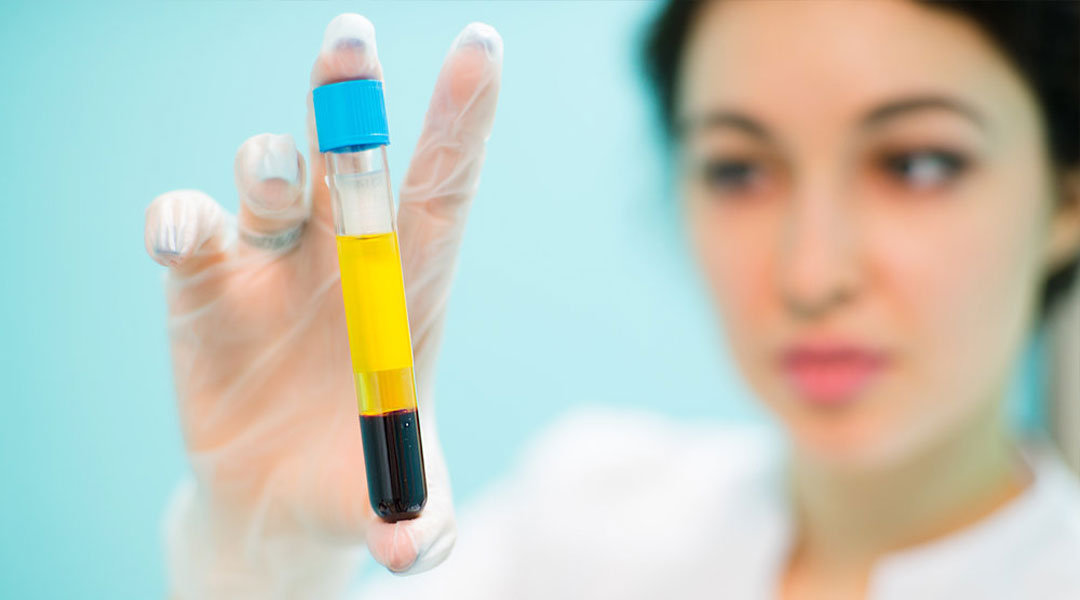Over recent years, there has been an up and coming beauty therapy known quite commonly as the ‘vampire facial’. The vampire facial is a skin treatment that uses natural platelets and plasma from your own blood to help you to have a radiant and youthful complexion. Known to medical professionals as PRP treatments, it has been used to aid with problems such as healing injured tendons, ligaments and muscles since the early 1990’s and has more recently made its way into the beauty industry with Kim Kardashian famously being on the receiving end of a vampire facial back in 2013, but now it can also be used to help combat the effects of hair loss.
The blood within your body is made up of two main components, red blood cells and plasma, and it is the latter that we need to focus on for this form of treatment. The plasma in your blood contains your white blood cells and your platelets which are incredibly rich in growth factors which are one of the most potent healers within the human body. This is where the treatment gets the name PRP, or platelet-rich plasma, therapy from. Its use as a treatment for hair loss comes as no surprise thanks to a number of scientifically based articles that show its effectiveness in increasing hair count, thickness and the growth phase of the hair cycle.

So what happens in a PRP treatment?
All PRP treatments begin with some blood being drawn from the arm of a patient, not too dissimilar to having a blood test. Once this has been done, the tube of blood is placed into a machine known as a centrifuge which spins the blood tube very quickly in order to separate the red blood cells from the plasma. The now separated plasma, rich in platelets and their growth factors, is then injected directly into the affected area of the scalp at the same level as the hair follicles to stimulate renewal and regrowth.
Although it sounds scary, mainly due to the fact it involves blood, for the most part, there is no risk to be had with treatment with a lot of people having it needing no form of numbing or anaesthetic as there is a very low level of discomfort and patients also have minimal downtime, usually only a couple of days until they are able to go about their normal hair maintenance routine again.
What about the results?
When it comes to PRP treatments, consistency is the key thing to look at. PRP treatments are usually performed once per month for approximately 3-4 months and then every three to six months following this, dependent on the response and results of the individual patient. If you follow this, your anticipated results will start to become clear and visible within two to three months.
The first result that will be noticed is decreased shedding of the hair, followed by regrowth in affected areas and a general increase in the length of your hair. Although they do take some time and are performed over a course of treatments, PRP treatments are medically and scientifically backed as a viable option as a solution to hair loss.

